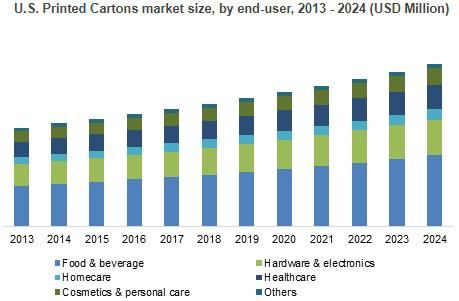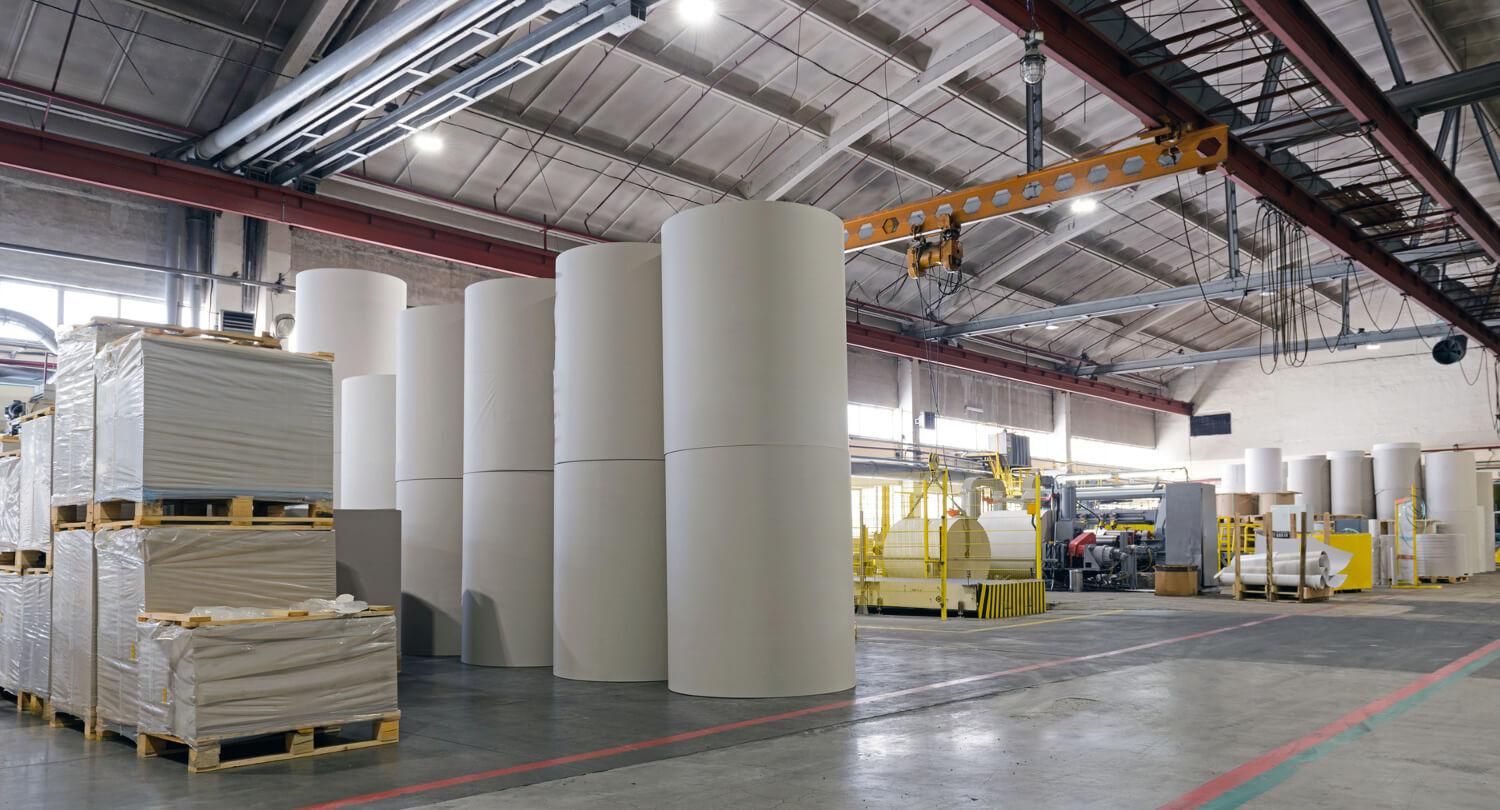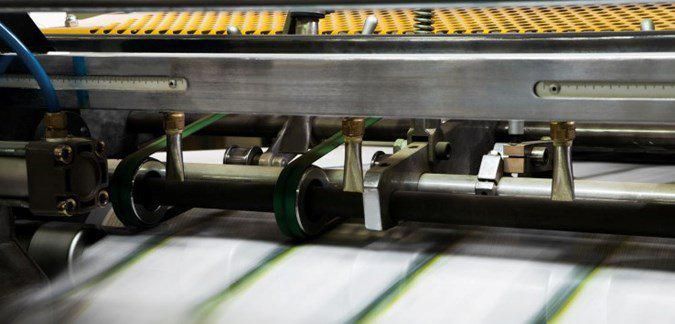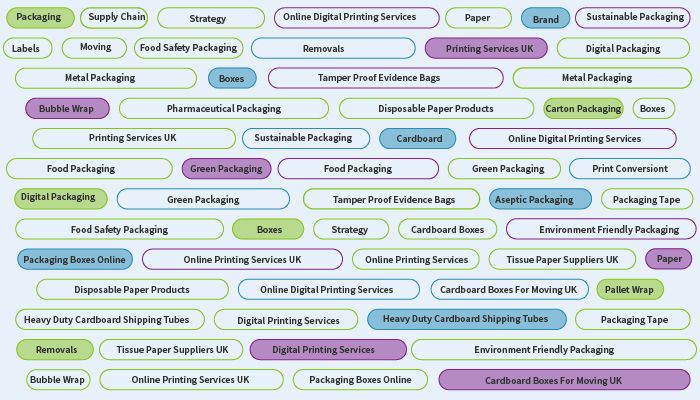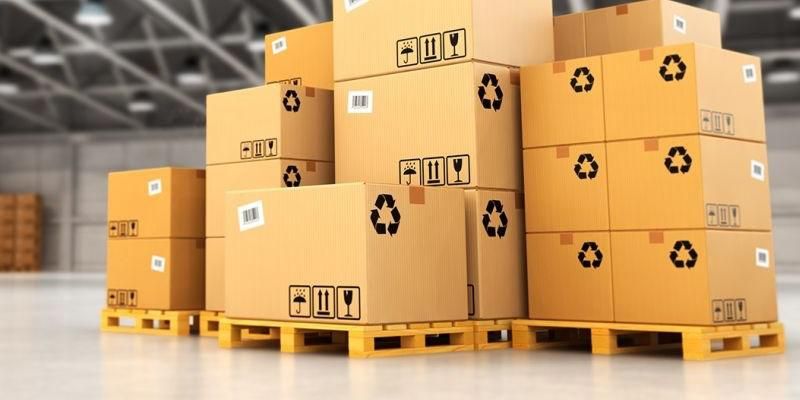
The packaging industry is growing at a fast pace and is expected to continue in the future, driven by changing consumer awareness of sustainability and renewable packaging, and the advent of nanotech-enabled smart packaging materials.
With globalization and increasing consumerism, packaging industry has come to play a vital role, along with the increasing adoption of e-commerce, the quest for brand and product differentiation, and increasing health awareness, have fuelled the packaging industry growth.
The primary driver for this growth is the increasing dependence of other sectors on this industry such as food & beverages, pharmaceuticals, retail. Asia is expected to be the fastest-growing market with India and China leading the way.
According to Global Market Insights research, printed packaging cartons market is driven by positive growth indicators in the cosmetics & personal care industry primarily in Asia Pacific along with rapidly evolving consumer spending power primarily in India, China, Japan and Indonesia. Bio-degradable printed cartons market size is likely to grow close to CAGR of 5.5% by 2024, driven by stringent laws to take initiative against reducing waste.
Used in a wide range of industries across food and drink, healthcare, cosmetics and other consumer goods as well as in industrial sectors, packaging has become an essential driver for purchases, with customers preferring using packaging which fit their lifestyle perceptions and avoid health issues.
With lifestyle trends driving consumer purchasing decisions in seeking out convenience food solutions, and the expectations of food quality rising with a growing awareness of health and other issues, they present new challenges to retailers, and packaging suppliers.
The growth of packaging market is driven by new trends emerging in food, healthcare, and consumer goods. To meet these ever-evolving demands of consumers, packaging market operatives are being innovative.
Packaging converters have to cope with fluctuations in raw material prices, dependent upon levels of supply and demand.



 Packaging | Paper and Printing
Packaging | Paper and Printing